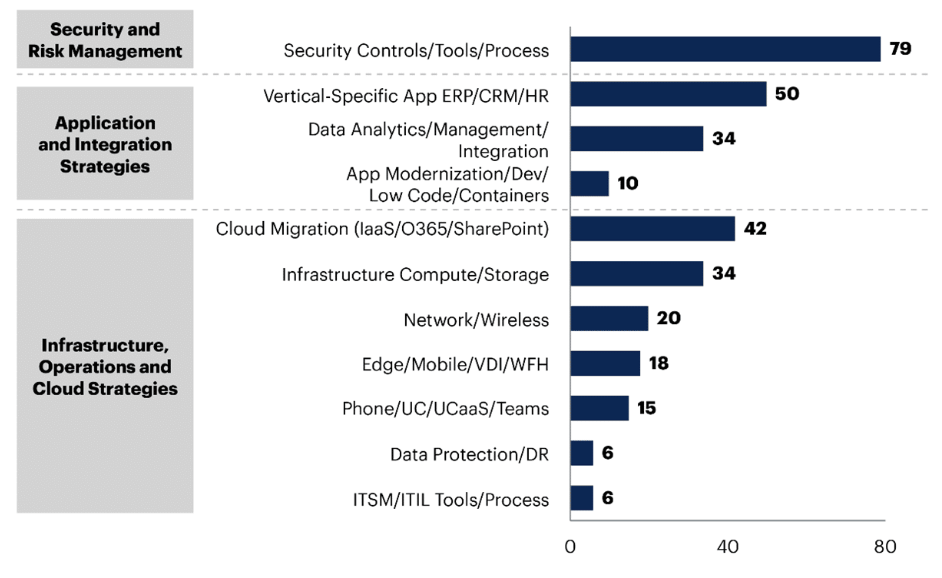Digital Executive Protection: Personal cybersecurity for your executives

Corporate-level executives have always required an increased level of care and security simply due to the power they hold – company data and secrets, information that could change markets, and because what they say or do can change the direction of the business itself.
As Spiderman’s Uncle Ben said, “with great power comes great responsibility.”
But the landscape of executive security has changed. Whereas it was once about physical security, air evacuations or air medical services, or concierge healthcare to maintain their health, coverage must now include their digital lives, the flip side of physical protection. Their digital lives and those of whom are closest to the executives, has become an even bigger target for bad actors.
Digital Executive Protection: What is it?
Digital Executive Protection is the identification, protection, and remediation of cybersecurity and privacy risks that exist in the personal life of the executive and their family. This includes safeguarding their privacy, personal devices, home networks, and more.
As the pioneer in the field, BlackCloak is committed to collaborating with CISOs to ensure the entire digital footprint of their executives, and their families, is protected through a holistic Digital Executive Protection program.
We’re not talking about cybersecurity within the corporate perimeter: company devices, emails, and servers. We’re not talking about BYOD.
We are specifically talking about the digital risk that corporate executives encounter outside of the office. It’s about the personal life that is inextricably intertwined with their identity. It is their corporate identity that sets them up as a big target for cybersecurity thieves.

Shifting boundaries for executive security & privacy
As a CISO, we know that you and your team have the “inside” of the company protected. You have your EDR, firewall, IDS/IPS, email protection, and agents running on firewalls and end points secured. This creates a safe environment for the executives as they work within the confines of the company’s digital footprint. However, for the rest of the day when the executives’ personal life takes place, it is an entirely different story.
Cybercriminals do their due diligence when evaluating their targets. They simply go to the executive leadership page of your company’s website to view the pictures and bios, oftentimes with key pieces of information about their backgrounds and associations, of those that have a powerful entry point into the corporation. They can quickly find how to reach those executives, their personal information, where they live, their personal email and mobile numbers.
The records at the disposal of hackers provide a wealth of information including any data breaches they may have been involved in or exposed to, scams that may have impacted them, the devices they possess in their personal lives – computers, tablets, smartphones, smart home equipment. And this all goes beyond just the individual executive, bleeding into the lives and digital footprints of their family members – husbands, wives, partners, children, siblings, and on and on.
Emerging personal threats executives face in 2026
- Deepfake impersonation: AI-generated voice and video now bypass common “verify by phone” steps.
- SIM-swapping: Attackers hijack an executive’s phone number to intercept 2FA codes.
- Home-network exposure: Unpatched routers, smart devices, and shared family tablets create unseen entry points.
- Digital exhaust profiling: Public photos, bios, and old breaches fuel hyper-targeted attacks.
- Family-targeted social engineering: Spouses and teens are now common soft-entry targets.
These risks in the executives’ personal realm introduce unacceptable risks into the corporation in a number of ways when corporate documents and information make their way into private emails, devices, and the network – reputational, financial, data breach, loss of intellectual property, and a potential avenue back into the company itself.
Examples of this are in abundance.
These types of attacks have been happening for years; it’s not a new phenomenon. But their level of sophistication is advancing. It’s why nation states, foreign intelligence forces, and cybercriminals target the soft underbelly that is an individual’s personal life.

Citation: Gartner 2023
Larger companies often invest upwards of $50M to protect their company’s assets, ensuring the cybersecurity fortress remains difficult to penetrate. The easiest path is to find other entry points. Why not go after the executive that is spending $5 instead on cybersecurity for their home? With antiquated anti-virus protection in place, unpatched devices, accounts that are not protected with dual-factor authentication, or home automation systems that are not set up correctly, the home is ripe for sabotage.
Benefits of Digital Executive Protection for companies
The security benefits of digital executive protection are well understood—reduced breach risk, stronger defenses, and tighter control over the executive attack surface. But companies often overlook the additional advantages that quietly improve operations, decision-making, and organizational resilience, such as:
- Improved org-wide security habits as leadership models strong MFA and privacy hygiene, both in-office and at home.
- Prevents deal slowdowns from executive account lockouts or travel-day compromises.
- Protects early-stage strategy work that often lives on personal devices before it reaches corporate systems.
- Avoids reputational crises triggered by personal-life breaches that spill into the news.
- Enables CISOs to focus on attack surfaces they can protect and offloads personal-device and home-network security issues.
Developing capable Digital Executive Protection
Simply stated: The only way to solve the risk for corporate executives, board of directors, executive leadership teams, and their families, is with a holistic, active defense methodology that reduces the attack surface for these individuals and ensures protection in real-time.
Just like a personal bodyguard protects the physical entity, Digital Executive Protection cloaks the executive in 24/7/365 protection where they are most vulnerable. It’s a necessary complement to any companies’ information security protection program.
To learn more about BlackCloak’s Digital Executive Protection services, click here.
To schedule a demo, click here.








